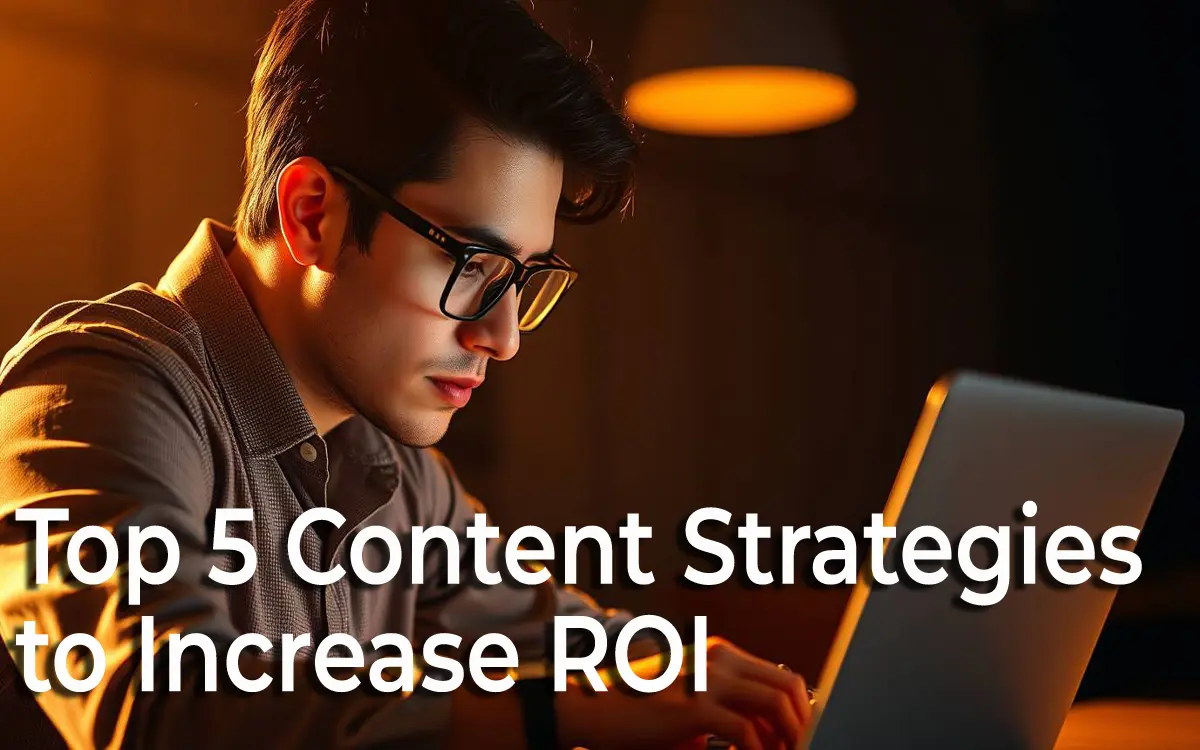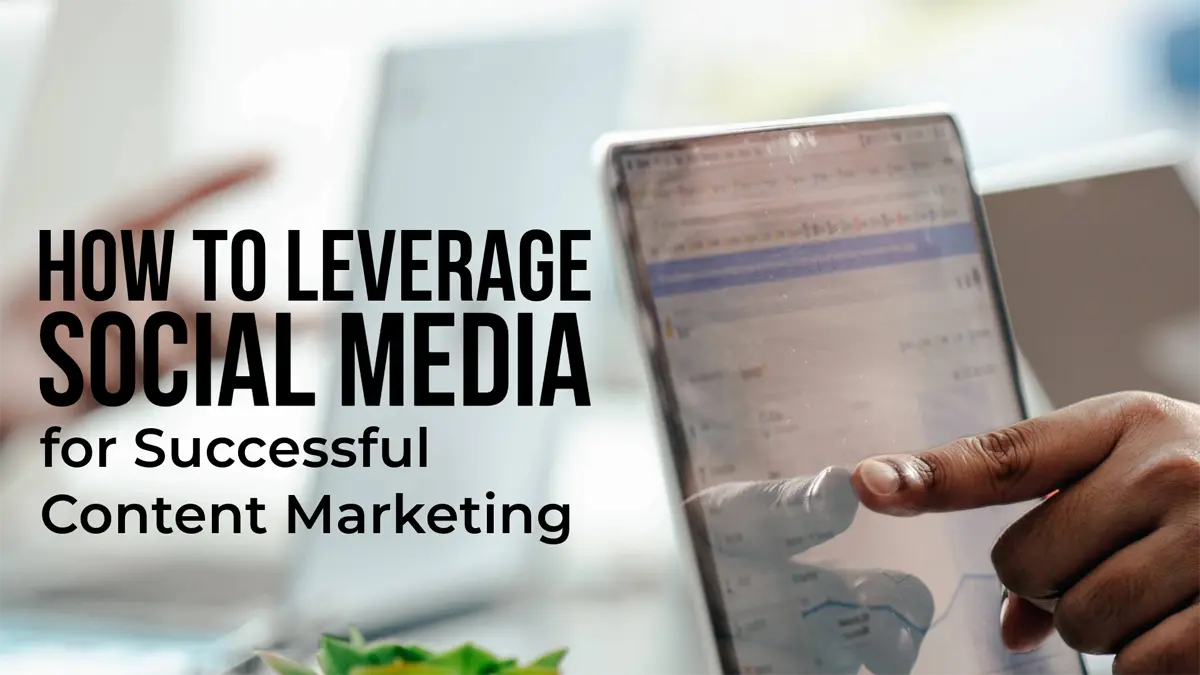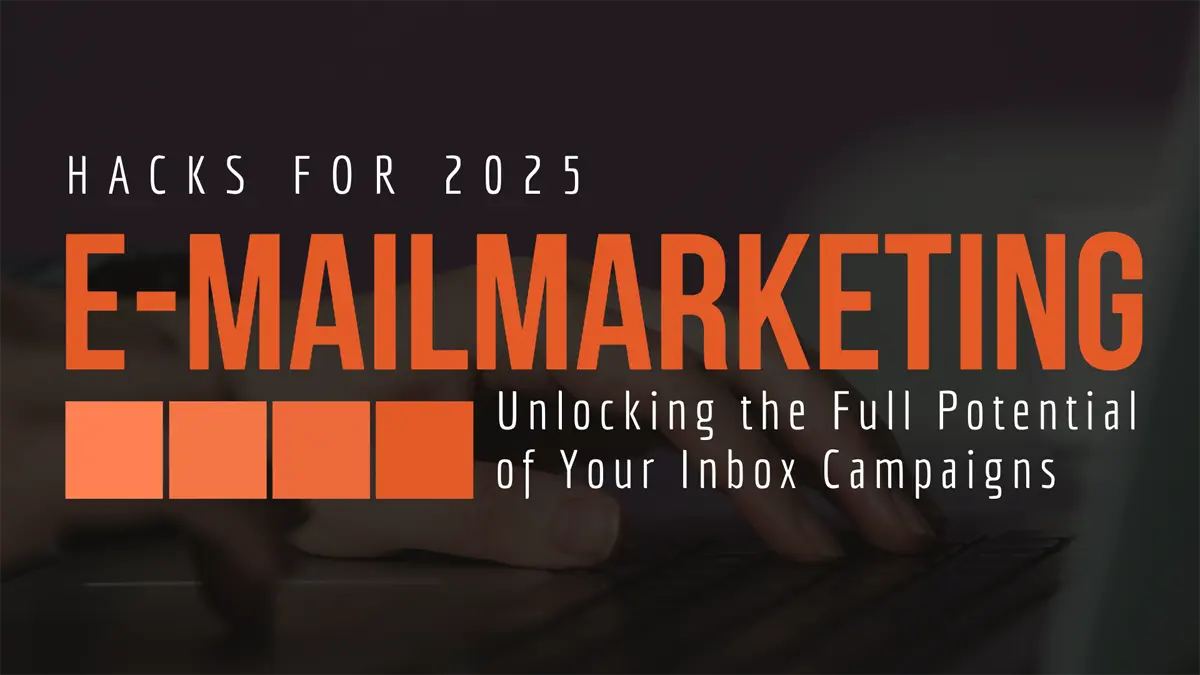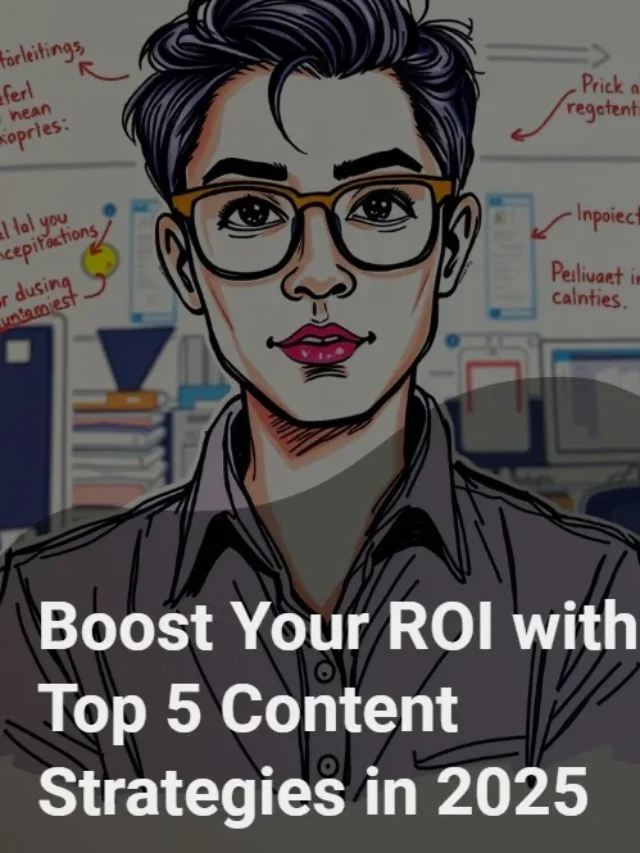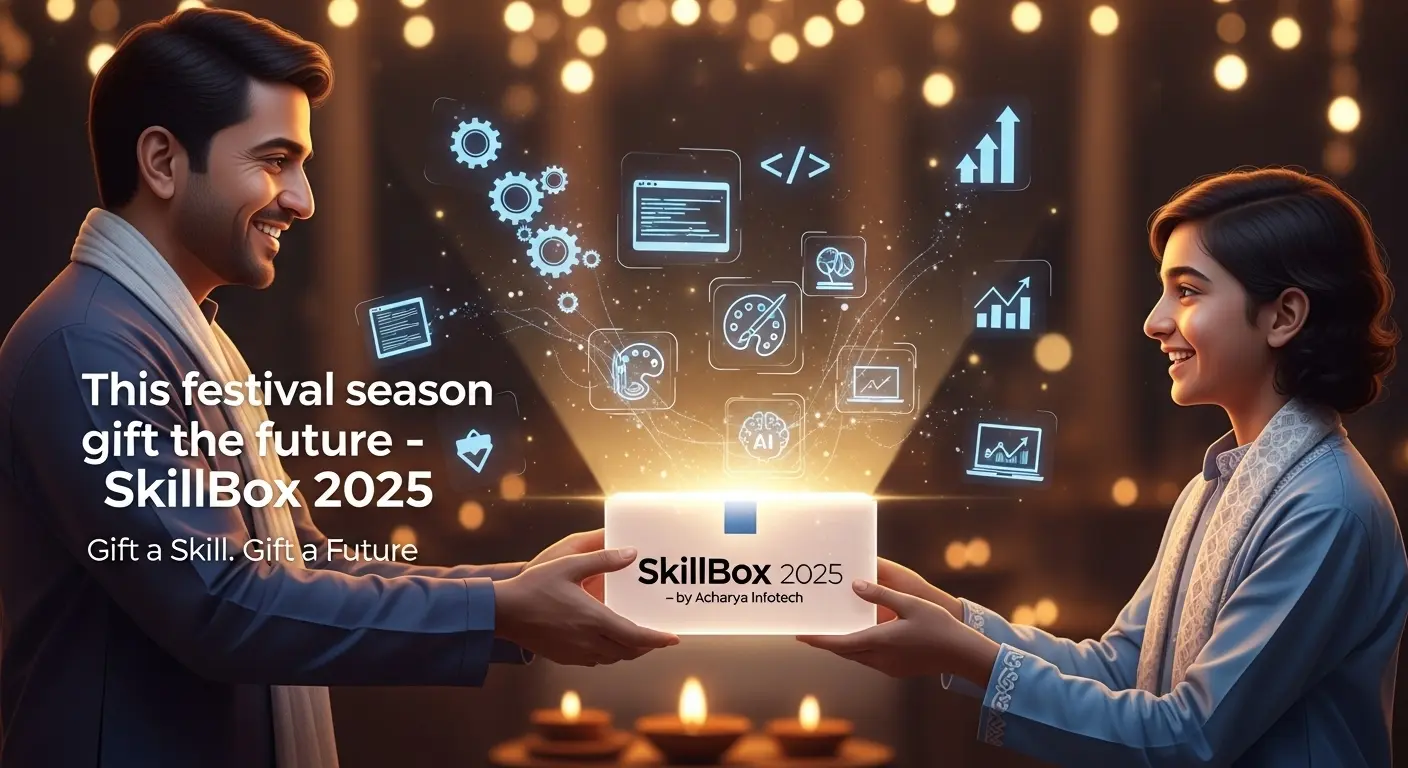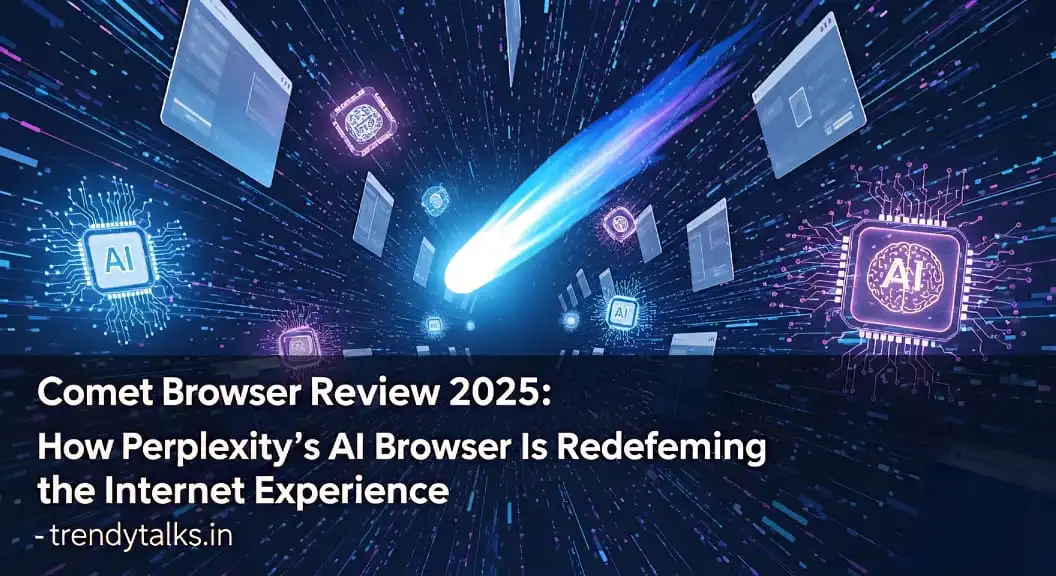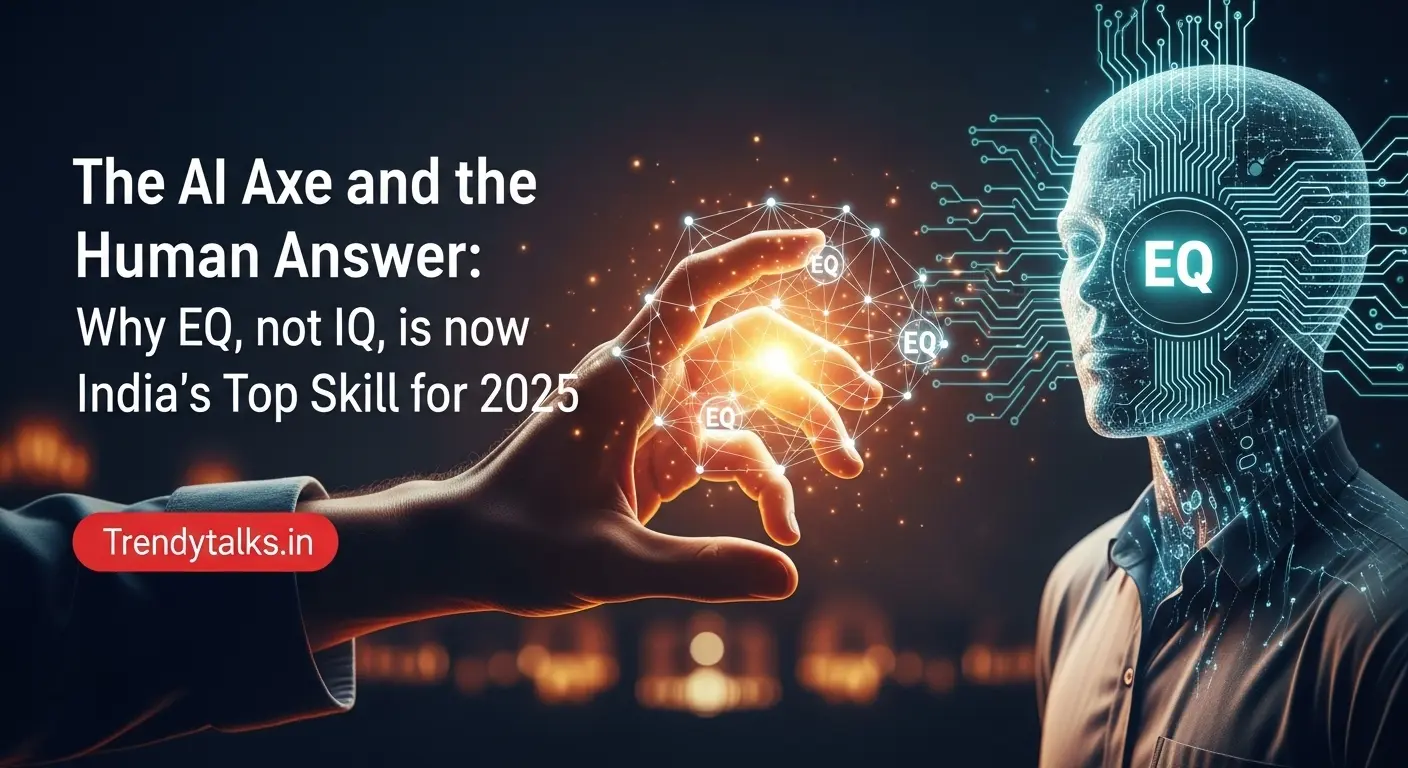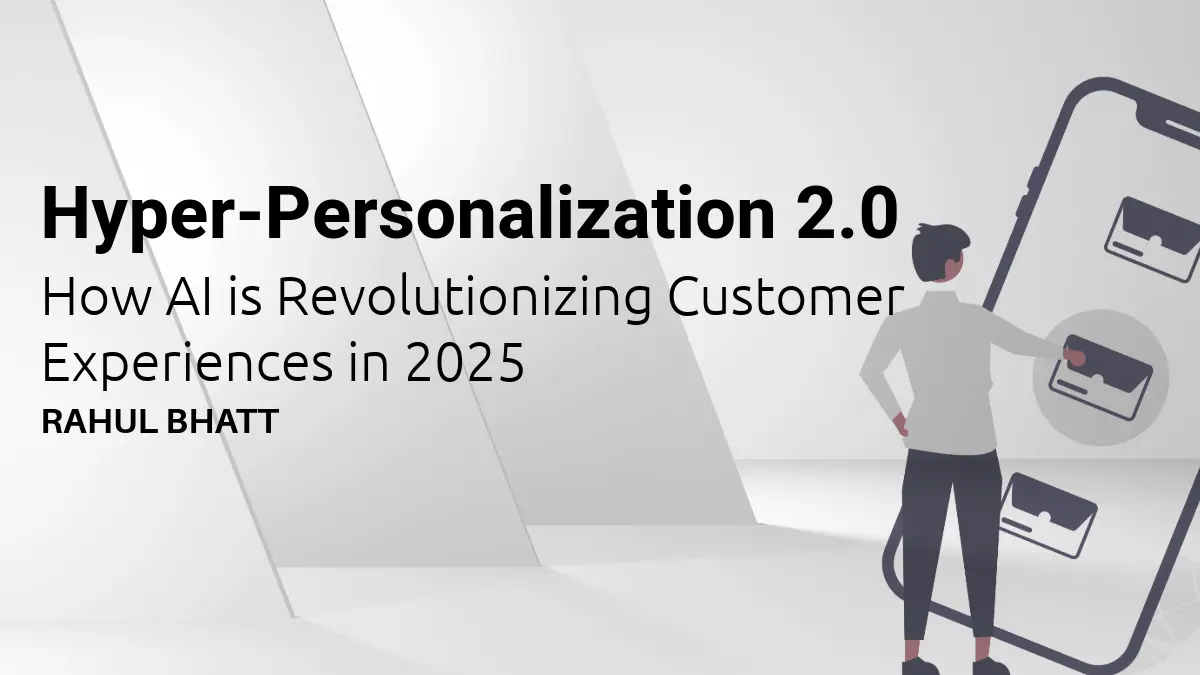
Are you ready to meet the future of customer connection?
As we dive into 2025, one trend is crystal clear in the business world: Hyper-Personalization 2.0 is not just a buzzword, but a game-changer, especially with the integration of Artificial Intelligence (AI). Today we're talking about an AI-driven uplift that transforms how businesses interact with their customers, making experiences so tailored, they feel almost... well, personal.
What is Hyper-Personalization 2.0, Anyway?
Imagine walking into your favourite coffee shop, and before you can even say "coffee," the barista greets you by name, already knowing you want that extra-shot, half-caf, iced caramel macchiato you've been ordering every Thursday for the past year. That's not just personalization; that's Hyper-Personalization 1.0. Now, envision this scenario, but the coffee shop's app has also been suggesting new, untried coffee blends based on your interaction history, purchase behaviour, and even external data like weather forecasts (because, let’s face it, rainy days call for something richer). Welcome to Hyper-Personalization 2.0, where AI elevates the game.
2025: The Year of Seamless Integration
In 2025, the integration of AI in Hyper-Personalization 2.0 will become more seamless than ever:
- Voice Assistantswill further blur the lines between search and personal shopping experiences.
- Augmented Reality (AR)will offer in-store experiences that are as personalized as online shopping.
- Ethical AI Practiceswill be at the forefront, ensuring transparency and trust in how customer data is used.
The AI Uplift in Hyper-Personalization 2.0
So, what exactly does the AI uplift bring to the table?
- Predictive Analytics: AI algorithms analyze vast amounts of customer data (behavioral, transactional, and even social media interactions) to predict future actions. Example: An e-commerce platform suggests a new smartphone to a customer based on their past purchases of phone accessories and their recent social media discussions about upgrading.
- Real-Time Adaptation: Experiences are adjusted on the fly based on immediate customer interactions. Example: A streaming service changes its homepage recommendations for a user who just watched a sci-fi movie, shifting from a previously suggested rom-com lineup.
- Content Generation: AI creates personalized content for individual customers or micro-segments. Example: A fashion brand's newsletter includes a virtual try-on feature for new arrivals, using the subscriber's previously uploaded face and body type data.
Actionable Tips for Businesses Embracing Hyper-Personalization 2.0
- Invest in AI Infrastructure: Upgrade your tech stack to support advanced analytics and real-time data processing.
- Ethics First: Implement transparent data practices to maintain customer trust.
- Train Your Team: Ensure your staff understands the capabilities and limitations of AI-driven personalization.
Hyper-Personalization 2.0, powered by AI, isn’t just about selling more; it’s about crafting relationships. In 2025, businesses that successfully integrate AI into their personalization strategies won’t just meet customer expectations—they’ll set new standards. Are you ready to redefine connection in the digital age?

